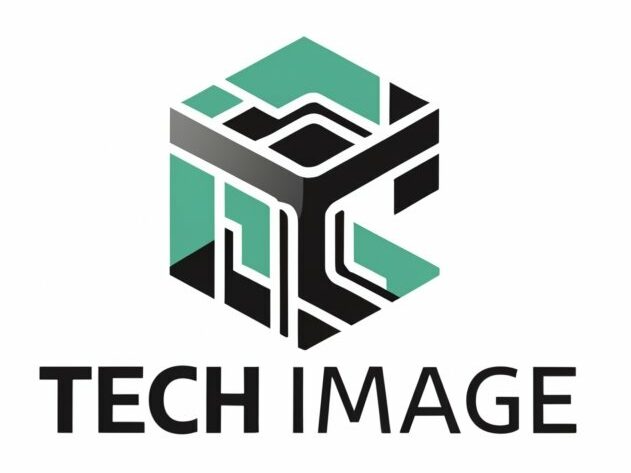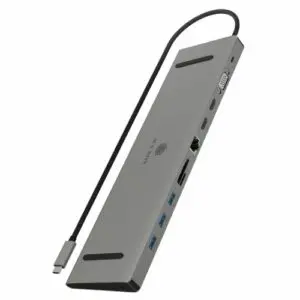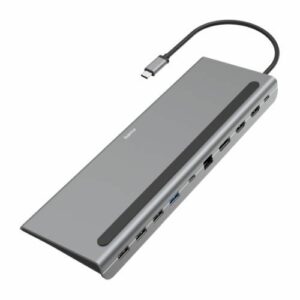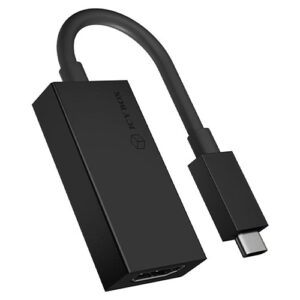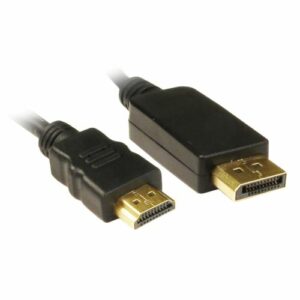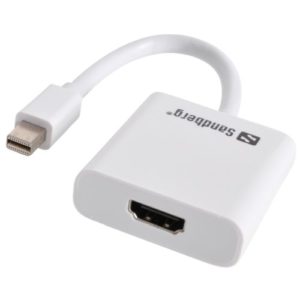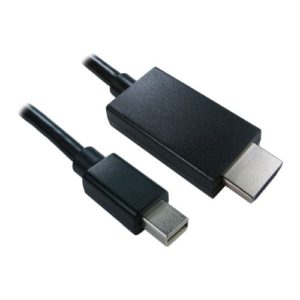In the ever-evolving world of digital displays and multimedia, understanding the compatibility and functionality between different types of connections is crucial. Two of the most common interfaces in the realm of digital display are HDMI (High-Definition Multimedia Interface) and DisplayPort. While both serve the same fundamental purpose of transmitting digital video and audio from a source to a display, they differ in capabilities, usage, and compatibility. This blog post delves into the intricacies of converting HDMI to DisplayPort, exploring why and how this conversion is significant in various applications.
What is HDMI?
HDMI, a widely used interface, transmits high-definition video and audio from a source device (like a computer, gaming console, or Blu-ray player) to a display (such as a monitor, TV, or projector). It’s known for its universal presence in consumer electronics and supports a range of resolutions including standard HD, 4K, and even 8K.
What is DisplayPort?
DisplayPort, on the other hand, is a bit more specialized. It’s often found in computer monitors and high-end graphics cards. DisplayPort supports similar high resolutions as HDMI, but it also offers unique features like daisy-chaining multiple monitors from a single output and a higher refresh rate, which is crucial for gaming and professional graphics work.
Why Convert HDMI to DisplayPort?
There are several scenarios where converting HDMI to DisplayPort becomes necessary:
- Device Compatibility: Some devices only have HDMI output, while certain monitors or displays only offer DisplayPort input. In such cases, a conversion is essential for compatibility.
- Leveraging DisplayPort Features: If you want to utilize advanced features of DisplayPort like higher refresh rates or daisy-chaining, but your source device only has HDMI output.
- Work and Gaming Setups: In professional or gaming setups where specific display technologies are preferred or required.
How to Convert HDMI to DisplayPort
To convert HDMI to DisplayPort, you generally need an adapter or a converter. Here’s how it works:
- HDMI to DisplayPort Adapters: These are plug-and-play devices where you plug the HDMI cable from your source into the adapter, and then connect a DisplayPort cable from the adapter to the display.
- Active vs. Passive Adapters: It’s important to note that HDMI to DisplayPort conversion usually requires an active adapter because it involves not just rerouting wires but also converting the signal from one standard to another.
Considerations and Limitations
While converting signals, there are a few considerations:
- Resolution and Refresh Rate: Ensure the adapter supports the resolution and refresh rate of your display.
- Audio Transmission: Most adapters will transmit audio, but it’s good to confirm this if audio is a critical component of your setup.
- Power Requirements: Some active adapters may require external power.
Conclusion
Converting HDMI to DisplayPort can be a straightforward solution to compatibility issues between devices and displays. Whether for gaming, professional setups, or simply to utilize a specific display technology, understanding this conversion process helps in making informed decisions and ensuring a seamless digital experience.
Remember, the key to a successful conversion is choosing the right adapter that meets your specific needs in terms of resolution, refresh rate, and audio compatibility.
Browse our HDMI to DisplayPort solutions
Below we’ve chosen products which are related to “HDMI to DisplayPort” from either of “multi-output docks” or the “Display / Visual” categories. The multi-output docks option will likely be best for users running smaller devices with limited slots, such as Apple’s MacBook Air, whereas the display cable based solutions will be best for users running HDMI ports, who have monitors which will only accept DisplayPort inputs.
Leave a comment below if you’ve got a great solution to this issue – or if you’re looking for hints or tips on how to overcome a similar issue.
